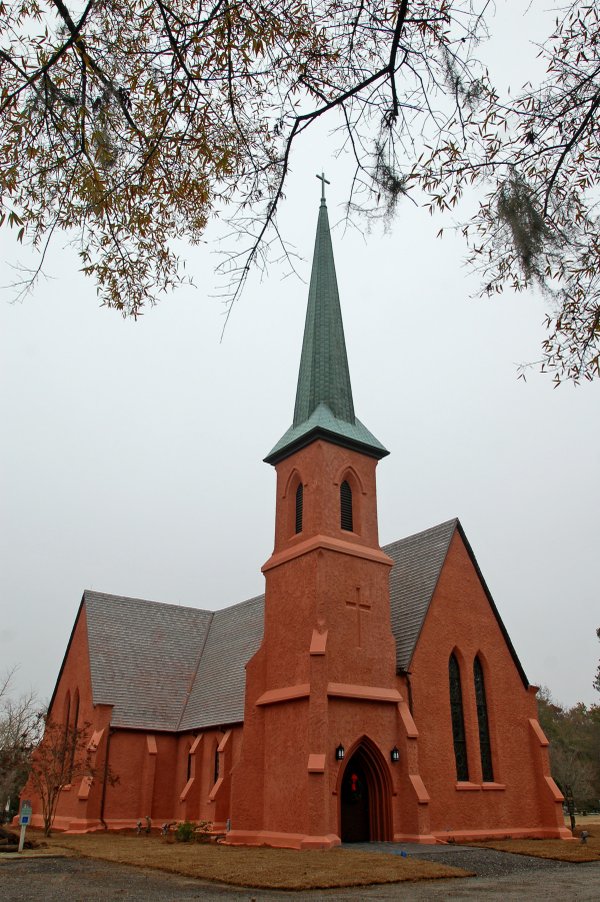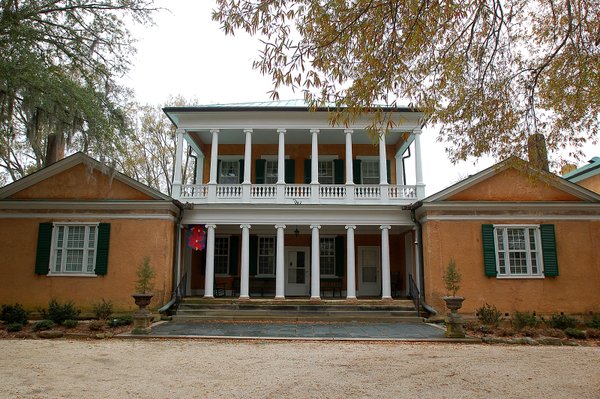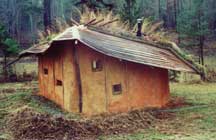
Founded in 1998, Kleiwerks International is a non-profit organization and a global network of innovative design specialists collaborating with communities to create ecological and social resilience.

Architecture, Art, Design, and Culture using of mud, clay, soil, dirt & dust.

Founded in 1998, Kleiwerks International is a non-profit organization and a global network of innovative design specialists collaborating with communities to create ecological and social resilience.

Church of the Holy Cross, also known as the Holy Cross Episcopal Church, is an historic church in Stateburg, in the High Hills of Santee near Sumter, South Carolina. It is located on land donated earlier by General Thomas Sumter, a resident of Stateburg, and its walls were constructed of rammed earth. Its 2-foot-thick walls were erected in 1852 by using wooden forms to hold local clay as laborers, probably slaves, tamped it down with a special tool, forcing out the water.

Dr. W.W. Alexander, head of the church’s 19th century building committee at the time, had been experimenting successfully with this construction method at his plantation home just across the highway. While the center section is 18th century wooden construction, the two wings were built of rammed earth, or Pise de Terre.
The Church of Holy Cross needed a significant renovation after termites were discovered in the sacristy in 2001. The $1.6 million restoration, paid for in part with a $250,000 Save America’s Treasures grant, replaced major sections of the termite-damaged trusses and roof panels, as well as the floor panels.

An innovative home design by UNC Charlotte students has won the The Casas del Quinto Sol Housing Development National Design Competition for affordable housing. Their winning entry, which combines rammed earth with photovoltaic panels, could eventually become the model for a 21-home desert community to provide housing for recent immigrants along New Mexico’s southern border.
Southwest School of Art & Craft, with roots dating to 1848, when the Catholic community started building the Ursuline Academy, an elite, private girl’s school, it is one of the oldest education sites in San Antonio, Texas. It was recently declared the largest and most significant example of French-influenced architecture in the state by the French Heritage Society. Early buildings on the campus were designed by famed architect Francois Giraud, the city’s first surveyor who is responsible for many of the city’s distinct buildings, including the French Gothic style addition of San Fernando Cathedral. Giraud, who was born in South Carolina to French immigrant parents, chose a construction method called pise de terre, or rammed earth, for the buildings. Skilled pise worker Jules Poinsard worked as a subcontractor on the project.

The builders, Jacques Abelman, Nik Bertulis and Aysha Massel , were pushing two extremes of tradition construction and materials in an experimental project to assemble and build a fully living structure in Seneca, South Carolina.
“Invisible Operations”, by Karen McCoy is comprised of twenty-eight rammed earth geometric solids ranging in size from 1′ x 1′ x 1′ blocks to a 6.5′ x 2′ x 6′ wall and are situated within a grid at the South Carolina Botanical Gardens.